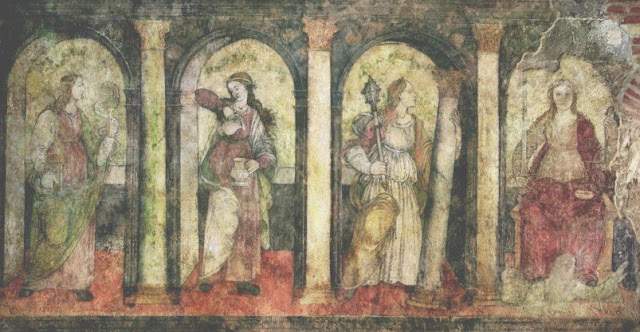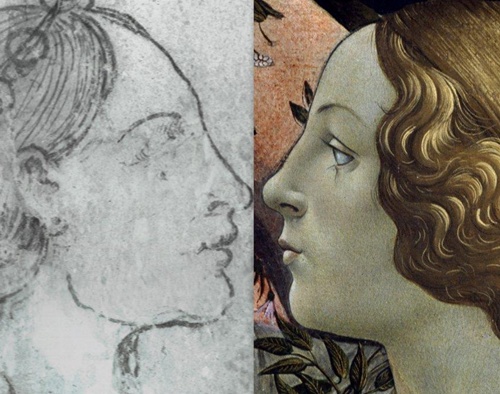 |
Traces of the oldest church of Transylvania
Photo from www.kronika.ro
|
New archaeological research near the Roman Catholic Cathedral of Gyulafehérvár (Alba Iulia, Romania, the seat of the bishopric of Transylvania) led to the discovery of the remains of the semicircular apse of a medieval church. Archaeologists believe this is Transylvania’s oldest church, built around the year 1000 - thus before the foundation of the diocese in 1009 (see my previous post on the history of the cathedral). The remains were found at a depth of only one meter, 24 meters away from the Catholic Cathedral of St. Michael. Daniela Marcu Istrate, well-known archaeologist announced in a press conference on April 18 that the newly discovered church might have been built either by prince Gyula or by Saint King Stephen. Around 952, Gyula was baptized in Constantinople, and upon his return was given a bishop named Hierotheos who accompanied him back to Hungary - so if the church dates to the period of prince Gyula, it was built for the Byzantine rite (of course we are before the Great Schism of 1054 at this time). Besides the apse, archaeologists have also discovered several tombs dating back to the 12th century. However, experts believe that the church was already destroyed at that time. For the moment, work at the archaeological site has been suspended for lack of funds. The remains of the apse will be preserved provisionally.
Most interesting about this find is that it is not connected to the present 13th century cathedral - or its 11th century predecessor - in any way. The archaeologist proposes that this feature means that the new Roman Catholic cathedral was deliberately distanced from the earlier structure built for the Greek rite.
It is worth noting that the town - Roman Apulum - has an even older history: lately, more and more Roman remains have also come to light, see here.




